For years, we’ve been told that eating clean is the key to health, emphasizing fresh, whole foods, and eliminating processed products from our diets. While clean eating is undoubtedly beneficial, a new approach is gaining traction—one that shifts the focus from personal health to the health of the planet. It’s called “climate eating,” and it emphasizes making food choices based on their environmental impact. Here are 10 ways to stop focusing solely on “clean” eating and start embracing “climate” eating, for the good of both your body and the Earth.
1. Prioritize Plant-Based Foods

One of the easiest ways to shift towards climate eating is by incorporating more plant-based foods into your diet. According to Yale Environment 360, plant-based diets produce significantly fewer greenhouse gases and use less land and water compared to meat-rich diets. Start by replacing meat with legumes, nuts, seeds, and grains, and try exploring plant-based alternatives to dairy and other animal products.
Not only will this help reduce your carbon footprint, but plant-based foods are also nutrient-dense and can offer a range of health benefits. By gradually increasing your intake of plant-based meals, you can reduce the demand for animal farming, which is one of the largest contributors to deforestation, water consumption, and climate change. Transitioning to more plant-based meals is a powerful way to support both your health and the planet.
2. Buy Locally And Seasonally
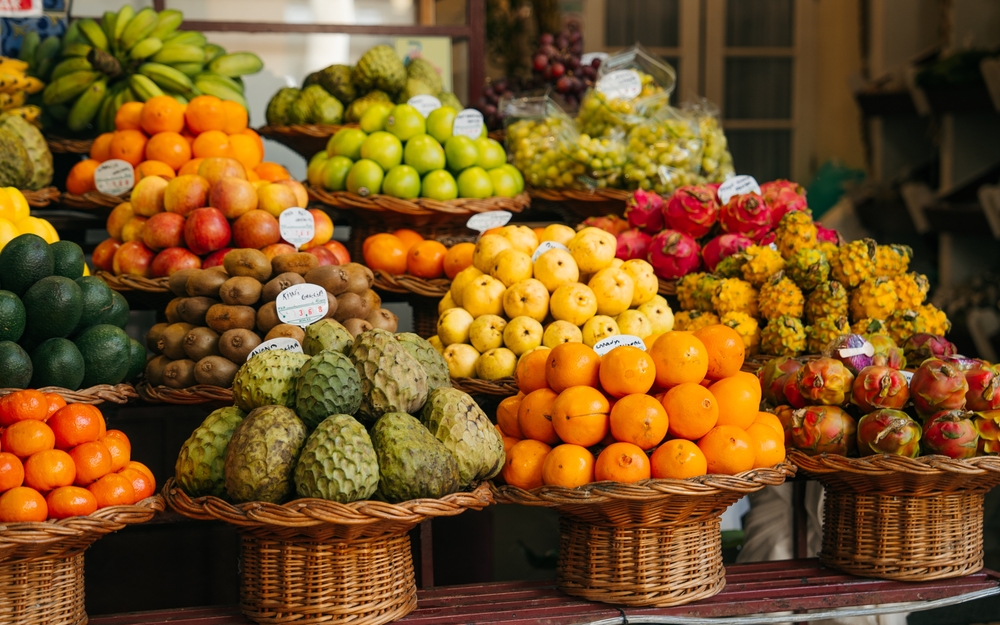
Another major shift from clean eating to climate eating is choosing locally sourced and seasonal produce. According to Eden Green, locally grown produce is often cultivated without harmful herbicides or pesticides, ensuring healthier and safer food for consumers while reducing chemical runoff into soil and water sources. Foods that are grown close to home tend to have a smaller carbon footprint, as they don’t require long-distance transportation or refrigeration. Buying seasonal fruits and vegetables ensures that you’re eating foods that are in abundance and naturally suited to the climate.
Supporting local farmers not only boosts the local economy but also helps preserve the environment by reducing the need for large-scale industrial farming. In-season produce is typically fresher and more flavorful, too. By opting for locally grown and seasonal foods, you reduce the carbon emissions tied to the food supply chain, making a big impact on climate change.
3. Choose Regenerative Agriculture Products
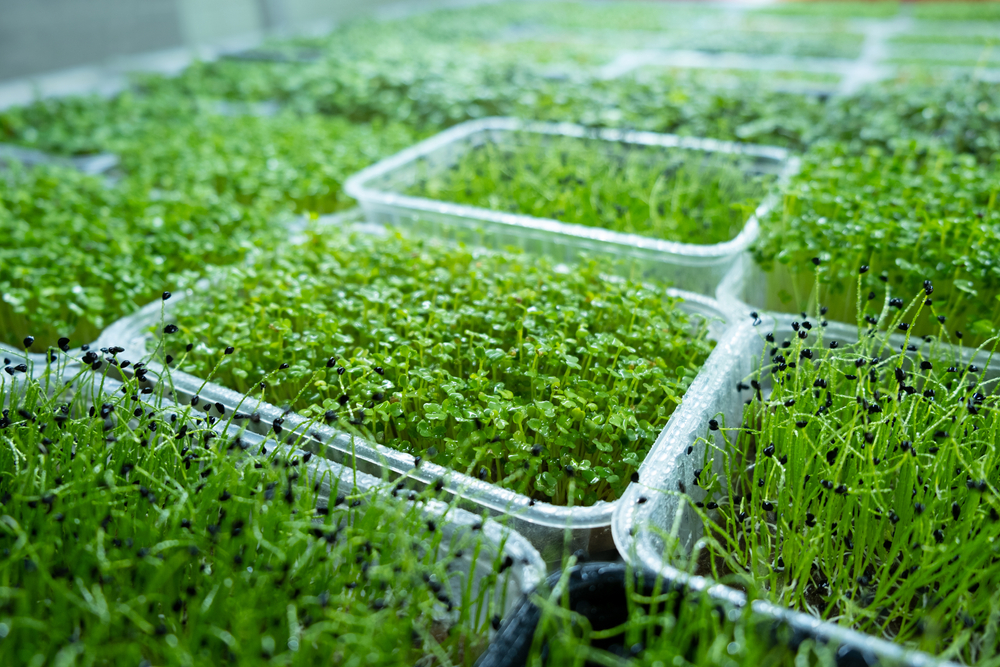
Regenerative agriculture focuses on farming practices that restore soil health, enhance biodiversity, and sequester carbon in the soil. According to EOS, these practices are an improvement over conventional agriculture, safeguarding soil health, preserving biodiversity, and contributing to addressing climate change. By choosing foods from regenerative farms, you support agricultural practices that have a positive impact on the environment. These farms prioritize soil health and use methods that regenerate ecosystems rather than deplete them.
While regenerative agriculture is still growing, many small and sustainable brands are beginning to offer products grown using these methods. Seek out regenerative agriculture labels or directly support local farms that prioritize these practices. By doing so, you’re helping to shift the food system towards one that works in harmony with nature rather than against it.
4. Cut Down On Food Waste
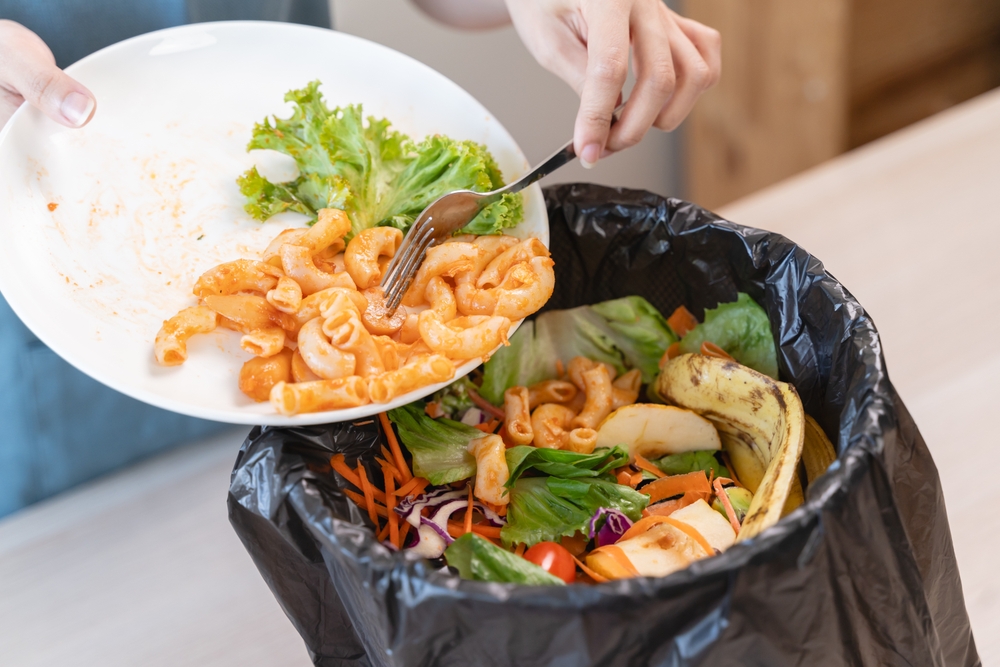
Food waste is one of the biggest contributors to greenhouse gas emissions globally. According to the United Nations Food and Agriculture Organization, as food decomposes in landfills, it releases methane, a potent greenhouse gas. Climate eating involves being mindful of food waste—plan your meals carefully, use leftovers creatively, and compost scraps when possible. By reducing food waste, you’re not only saving money but also cutting down on unnecessary emissions.
Start by buying only what you need, storing food properly, and repurposing leftovers into new meals. Simple changes like these can make a big difference. The less food you waste, the less demand there is for mass production, transportation, and disposal, all of which contribute to environmental harm.
5. Support Sustainable Seafood
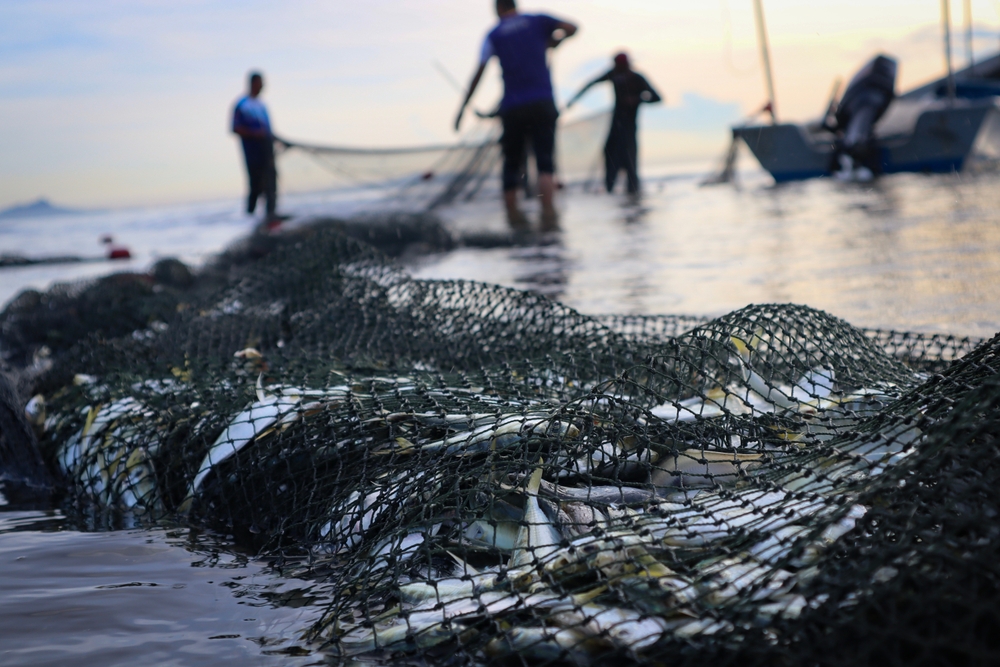
If you enjoy seafood, consider choosing sustainably sourced options. Overfishing and destructive fishing practices have severely impacted marine ecosystems, leading to the collapse of fish populations and loss of biodiversity. Sustainable seafood, on the other hand, comes from fisheries that use environmentally friendly methods and protect marine life.
Look for certifications like the Marine Stewardship Council (MSC) label when purchasing seafood, or choose local fisheries that prioritize sustainable practices. By supporting sustainable seafood, you’re helping reduce the pressure on marine ecosystems and ensuring that these resources remain available for future generations. This approach directly supports climate eating by promoting responsible sourcing and preserving aquatic habitats.
6. Minimize Processed Foods
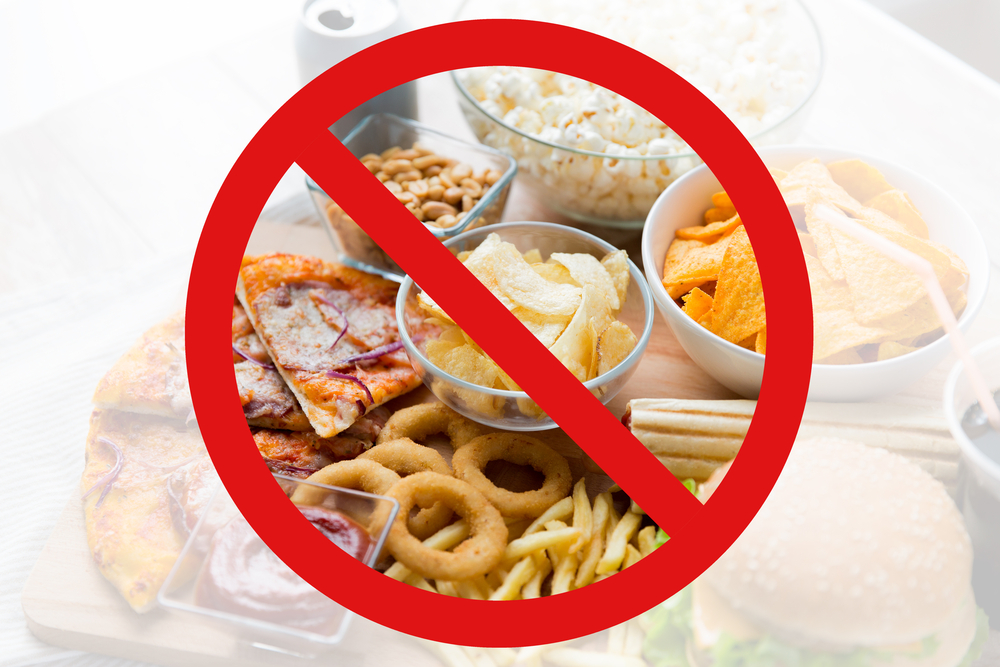
While clean eating often encourages the avoidance of heavily processed foods, climate eating goes further by questioning the environmental impact of these products. Processed foods require significant amounts of energy, water, and resources for production, packaging, and distribution. They often come from industrial-scale operations that contribute to greenhouse gas emissions and waste.
Instead of processed, packaged snacks and meals, opt for whole, minimally processed foods that require less environmental input. This shift not only benefits the planet but also promotes a healthier diet. By eating fewer processed foods, you decrease the demand for industrial food systems that contribute heavily to climate change.
7. Grow Your Food

One of the most impactful ways to embrace climate eating is by growing your food. Home gardening reduces the need for transportation and packaging associated with store-bought produce. It also allows you to control the growing process, reducing the use of pesticides and fertilizers that harm the environment.
Even if you don’t have space for a large garden, consider growing herbs, vegetables, or fruit in pots or raised beds. Urban gardening is becoming increasingly popular, and small-scale gardening can yield significant rewards in terms of sustainability. Growing your food helps cut down on your carbon footprint while reconnecting you to the source of your meals.
8. Reduce Dairy Consumption

Livestock farming, particularly for dairy production, has a significant environmental impact due to the high levels of greenhouse gases produced by cows. Climate eating encourages reducing dairy consumption or opting for plant-based dairy alternatives like almond milk, oat milk, or coconut yogurt. These alternatives have a much smaller environmental footprint and often require fewer resources to produce.
If you’re not ready to give up dairy completely, consider choosing dairy products from sustainable farms that prioritize animal welfare and environmental practices. A gradual reduction in dairy intake, combined with the adoption of plant-based alternatives, can make a meaningful difference in your diet’s impact on the climate. Small changes add up when it comes to reducing carbon emissions from food production.
9. Reduce Meat Consumption

Meat production is one of the most resource-intensive industries, requiring vast amounts of water, feed, and land, and generating significant amounts of greenhouse gases. Climate eating emphasizes reducing meat consumption, especially red meat, and replacing it with plant-based proteins or sustainably sourced meats. When choosing meat, opt for local, pasture-raised, or ethically sourced products.
By shifting to a plant-forward diet with less reliance on meat, you reduce the demand for factory farming, which is a major driver of deforestation and environmental destruction. Even small reductions in meat consumption can lead to significant environmental benefits, making it one of the most effective strategies for climate change. Try incorporating more beans, legumes, and other plant-based proteins into your meals as a sustainable alternative.
10. Choose Eco-Friendly Packaging

Packaging is another important aspect of climate eating. Many packaged foods come in plastic, which contributes to pollution and landfill waste. Look for products that use eco-friendly packaging, such as cardboard, glass, or compostable materials, and avoid single-use plastics whenever possible. By choosing products with minimal or sustainable packaging, you reduce waste and contribute to a circular economy.
Additionally, consider buying bulk items or using reusable containers to further reduce your environmental footprint. Climate eating isn’t just about the food itself, but about making conscious choices that limit unnecessary packaging and waste. These small changes can have a significant positive impact on the environment, supporting a more sustainable food system overall.

Abisola is a communication specialist with a background in language studies and project management. She believes in the power of words to effectively connect with her audience and address their needs. With her strong foundation in both language and project management, she crafts messages that are not only clear and engaging but also aligned with strategic goals. Whether through content creation, storytelling, or communication planning, Abisola uses her expertise to ensure that her messages resonate and deliver lasting value to her audience.


